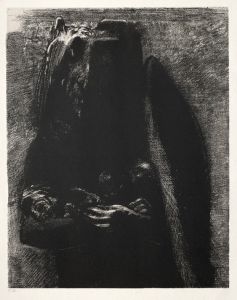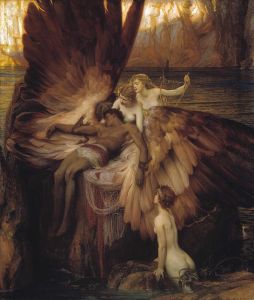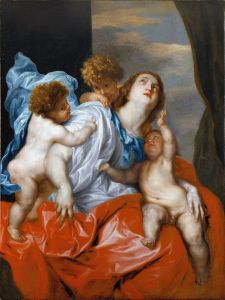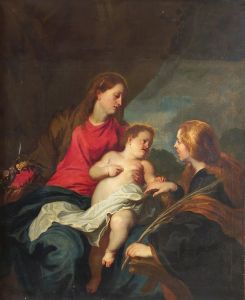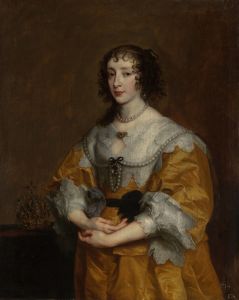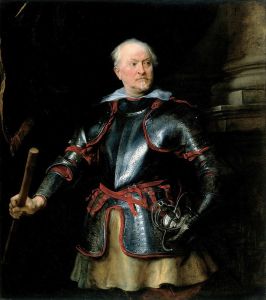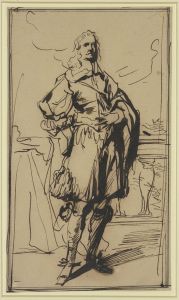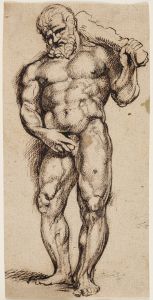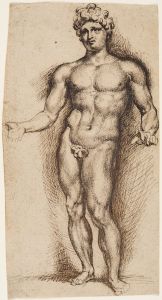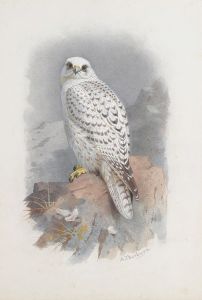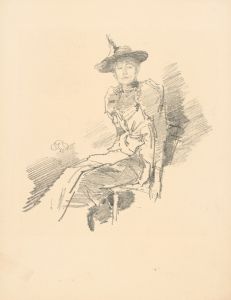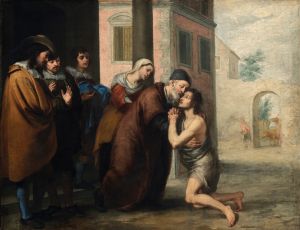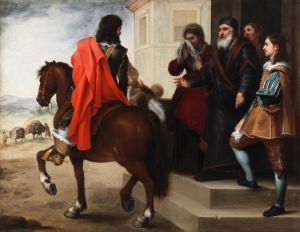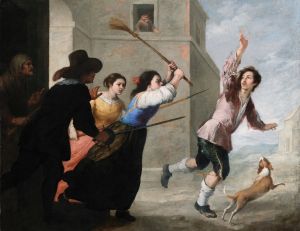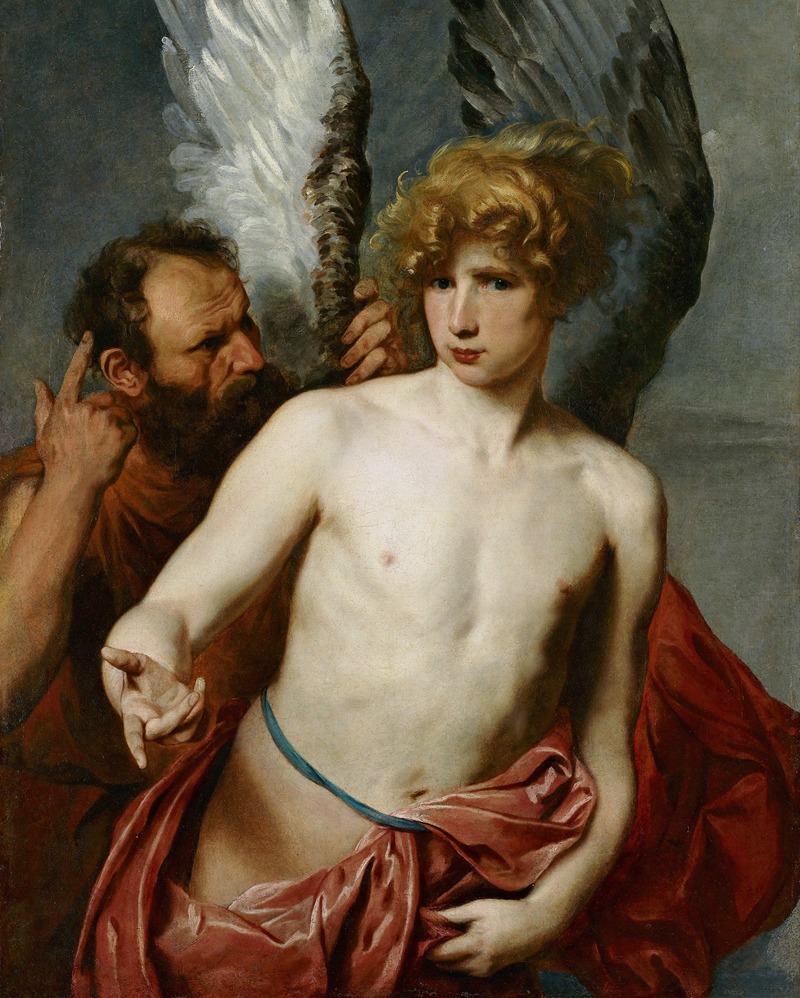
Daedalus And Icarus
A hand-painted replica of Anthony van Dyck’s masterpiece Daedalus And Icarus, meticulously crafted by professional artists to capture the true essence of the original. Each piece is created with museum-quality canvas and rare mineral pigments, carefully painted by experienced artists with delicate brushstrokes and rich, layered colors to perfectly recreate the texture of the original artwork. Unlike machine-printed reproductions, this hand-painted version brings the painting to life, infused with the artist’s emotions and skill in every stroke. Whether for personal collection or home decoration, it instantly elevates the artistic atmosphere of any space.
Anthony van Dyck, a prominent Flemish Baroque artist, is renowned for his portraits and religious and mythological scenes. However, there is no widely recognized or documented painting titled "Daedalus and Icarus" attributed to Anthony van Dyck. While van Dyck's oeuvre includes a variety of subjects, including mythological themes, there is no specific record of a work by this name in major art historical references or collections.
Van Dyck was born in 1599 in Antwerp, where he began his artistic training under Hendrick van Balen and later became an assistant to Peter Paul Rubens, one of the most influential artists of the time. Van Dyck's early works were heavily influenced by Rubens, characterized by dynamic compositions and vibrant colors. He later traveled to Italy, where he absorbed influences from the Italian masters, further refining his style.
Throughout his career, van Dyck painted numerous portraits of European nobility, establishing himself as a leading portraitist of his era. His ability to capture the elegance and personality of his subjects made him a favorite among the aristocracy. In addition to portraits, van Dyck also created religious and mythological paintings, though these are less frequently highlighted in his body of work compared to his portraits.
The myth of Daedalus and Icarus, originating from Greek mythology, tells the story of the master craftsman Daedalus and his son Icarus, who attempt to escape from Crete using wings made of feathers and wax. Icarus, ignoring his father's warnings, flies too close to the sun, causing the wax in his wings to melt and leading to his fall into the sea. This myth has been a popular subject in art, symbolizing themes of human ambition and hubris.
While many artists have depicted the tale of Daedalus and Icarus, including Pieter Bruegel the Elder and others, there is no substantial evidence or documentation to suggest that Anthony van Dyck created a painting specifically focused on this myth. It is possible that confusion may arise from the existence of other works by different artists on this subject or from misattributions over time.
In the absence of concrete evidence or records of a "Daedalus and Icarus" painting by Anthony van Dyck, it is important to rely on verified sources and documented works when discussing his contributions to art. Van Dyck's legacy remains significant, with his influence seen in the development of portraiture and his impact on subsequent generations of artists. His works continue to be studied and admired for their technical skill and expressive quality.





